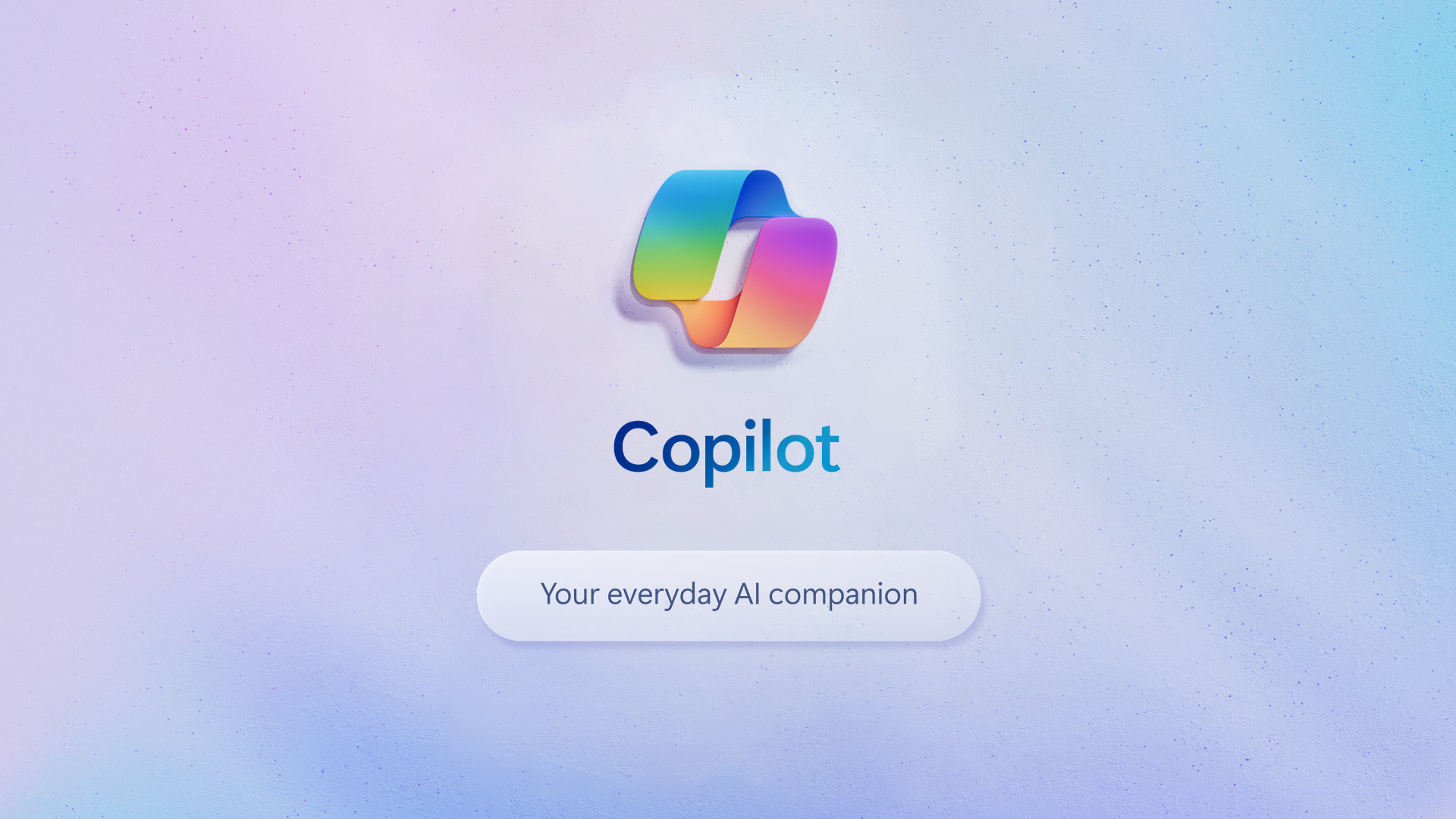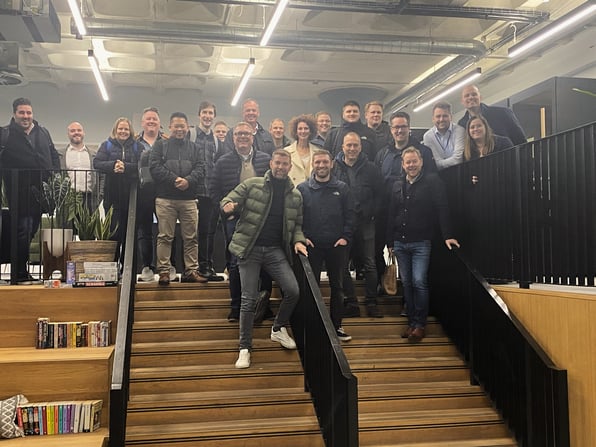Microsoft Server 2012 R2 or 2016 are reaching end-of-life, so it's now worth considering the next steps.
Many of us trust Microsoft servers for critical business operations and workloads. These servers have an infancy, growth, and optimal period before experiencing inevitable end-of-life…but what does this mean for you?
Both Microsoft Server 2012 R2 and 2016 follow Microsoft’s ‘Fixed Lifecycle Policy’, meaning it is provided with 5 years of ‘Mainstream Support’ and 5 years of ‘Extended Support’. Within the Mainstream period, the server will receive all types of updates and support meaning it is offering optimal value. Whereas, during the Extended Support period, it will only receive security updates meaning it is now in a depreciation stage. After the Extended Support period ends, the server reaches its final phase which is end-of-life.
Microsoft Server 2012 R2
- - Came into service on 25th November 2013
- Went out of Mainstream support on 9th October 2018
- Goes out of Extended support on 10th October 2023
Those currently operating using this server should be updating their systems or thinking about how else they can modernise their platforms as it will be out of Extended Support in October 2023. This means it is already out of Mainstream Support but will also stop receiving critical security updates by this time.
Microsoft Server 2016
- - Came into service on 15th October 2016
- Went out of Mainstream Support on 11th January 2022
- Goes out of Extended Support on 12th January 2027
Microsoft Server 2016 is the successor to 2012 R2, meaning there are a few more years left in Extended Support before you may want to start considering changes. However, as it is already out of Mainstream Support, now may be the perfect time to implement a new solution which provides your organisation with more value or one that can move towards Modern Work.
Don’t be alarmed, these systems will still work after their Extended Support period ends, but will not receive updates, up-to-date support or importantly, any new security updates which means the following issues should be considered:
- Increased risk of cyber-attacks and non-compliance.
- Software patching will become problematic without security updates.
- The systems will stop receiving critical security updates, making security compliance more of a concern.
- Any business relying on certifications such as ISO27001 and Cyber Essentials may face challenges as it will become harder to renew. Achieving such certifications with an out-of-date server estate will also be very difficult.
Therefore, for organisations currently using Server 2012 R2 especially, it is a great time to consider making some changes.
Our advice
Never be more than 2 generations behind.Servers are integral to any business as they provide an ideal solution for storing, accessing, and controlling data and software. In the past 5 years, many of us have experienced shifts in how, where and when we work and so, rely on them more than ever to keep us and our organisations moving. Servers continue to be updated in the best ways, to support users and our growing needs. Each updated server will have new advanced features, bug fixes, security updates and performance improvements. As mentioned, Microsoft 2012 R2 and 2016 are both past their ‘Mainstream Support’ date, meaning they are past the point of serving full value. We recommend staying ahead of the curve for increased security, efficiency, compatibility, and generally better-supported use.
Consider cloud alternatives.Now is a great time to think about implementing modern alternatives. These may include Microsoft Modern Workplace, the latest suite of Office 365 cloud solutions, and Microsoft Azure, a public cloud computing platform. Cloud computing has become vital and beneficial to all business operations.
These benefits include:
- Reduced costs
- Increased efficiency and productivity
- Lower carbon footprint
- Ability to work remotely
- 24x7x365 accessibility from anywhere
- Facilitates collaboration and teamwork
And more which you can read about here.
Switching to the cloud is a great step to take to stay ahead of the curve and modernise your workplace. Bluecube can assist with the consideration, transformation and migration processes and provide you with the best alternative for your organisation.
Think holistically about your business roadmap and which options will work best.Consider what each alternative will bring to you and what the different elements will mean to your organisation. Different servers or cloud platforms will have different performance capabilities, capacities, costs and more; understanding the business continuity value is also essential for choosing the best platform that will fit your organisation’s needs.








